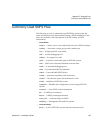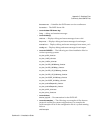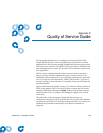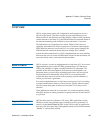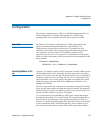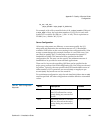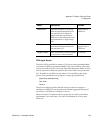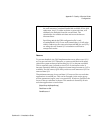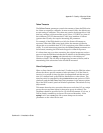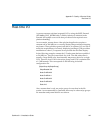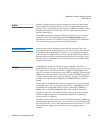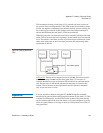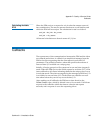
Appendix D Quality of Service Guide
Configuration
StorNext 3.1.3 Installation Guide 138
ios_sec = mb_sec /
(stripe_breadth * stripe_depth *fs_blocksize)
For example, with a file system blocksize of 4k, a stripe_breadth of 384, and
a
stripe_depth of four, the equivalent number of I/Os/sec for each well-
formed I/O would be 216 Mb/sec / (384 * 4 * 4k). This is equivalent to
221184 k/sec / 6144k= 36 I/O/sec.
Server Configuration 4
All storage subsystems are different, so users must qualify the I/O
subsystem and determine the maximum amount of I/O bandwidth
available. SNFS relies on the correct setting in the configuration file; if the
storage system changes (for example, because of a new disk array,) the
user must re-qualify the I/O subsystem to determine the amount of
bandwidth available. This amount will be specified in the FSM
configuration file. The user can also specify the minimum amount of
bandwidth to be provided to non-real-time applications.
There are five keywords controlling QOS that can be specified in the
stripe group section of the FSM configuration file. Not all keywords need
be present. Typically, the user specifies the RTIO bandwidth in terms of
either number of I/O operations per second (
rtios) or megabytes per
second (
rtmb). Keywords are not case sensitive.
For a minimum configuration, only the real-time limit (either rtios or rtmb)
need be specified. All other configuration variables default to reasonable
values.
Table 28 QOS Configuration
Keywords
Name Description Default
Rtios
The maximum number of real-
time I/Os allowed in a stripe
group during any one-second
period.
0 (no real-time)
Rtmb
Maximum amount of real-time
MB/sec allowed on the stripe
group during any one-second
period.
0 (no real-time)





